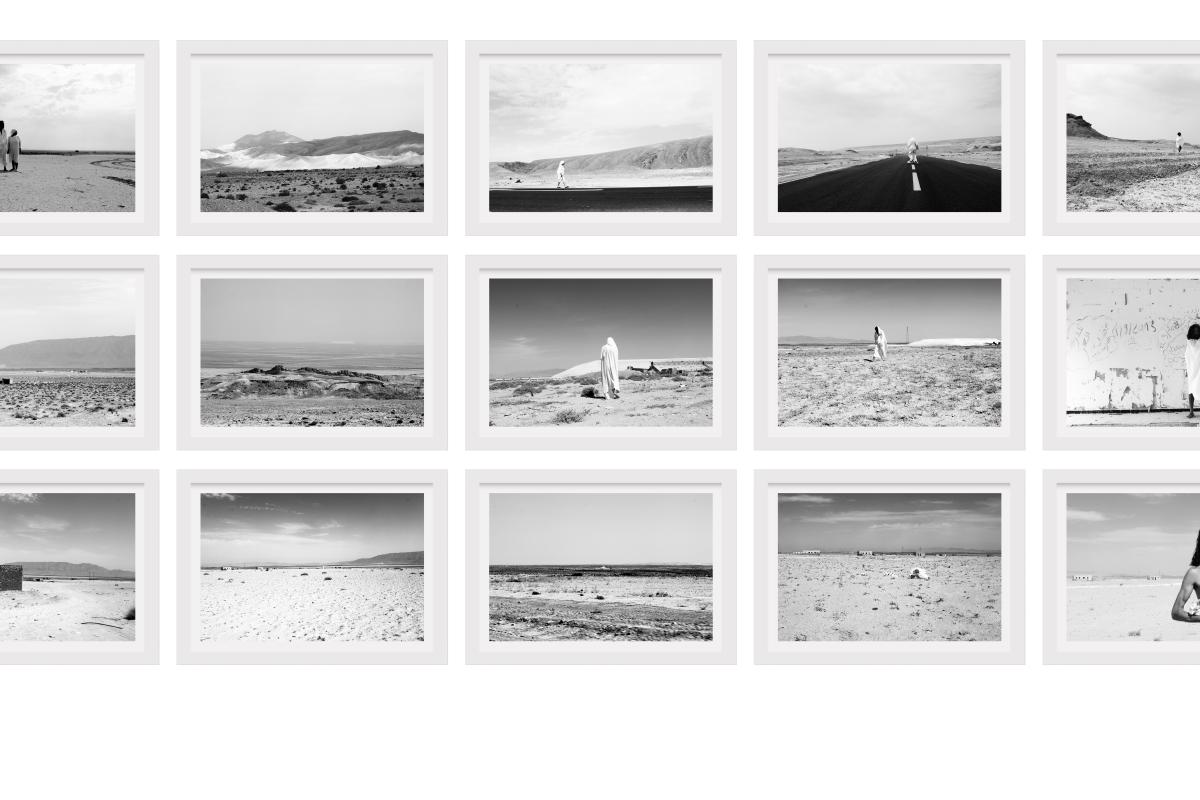
The Shaman`s Return
“The Shaman Return's” series of 15, c-print , Edition of 5 + 2AP, 2017
"Wherever a road is made it carries destruction," once an Amazigh told me.
A wasteland full of significance to those who were here and left. A desolate steppe that was full of Life... until colonialism came and brought along the yellow death.
In the summer of the last year (2016), I went to the south west region of Tunisia, on the edge of the desert, hoping for a new experience of the place and culture in an area inhabited by Berbers, however, what I found was just the dust and the remains of the people who were there.
Gatherings of Berber tribes used to live in "the mining basin" area. They were brought and enslaved to work in the newly discovered phosphates mines by the colonialists. Slums were formed around those mines. The traditional Amazighi life associated with the spirit of nature and place started to disappear as a natural effect of colonization and persistence of capitalism as a system aiming to erase the existing reality and to dismantle the social and cultural identity. In addition to that was the environmental and health disaster caused by mining on these indigenous people.
This project comes to look for the remains of indigenous people on one hand and to track the impact of colonization and its role in dismantling and erasing the indigenous culture of the place on the pother hand, through the symbolism and semantics of the Shamans personality. What has happened and is still happening in this region is a form of colonial effects and impact that leads us in the approach to other regions of the world with similar situations such as the American Indians and the Palestinians and the Aborigines population of Australia among others.